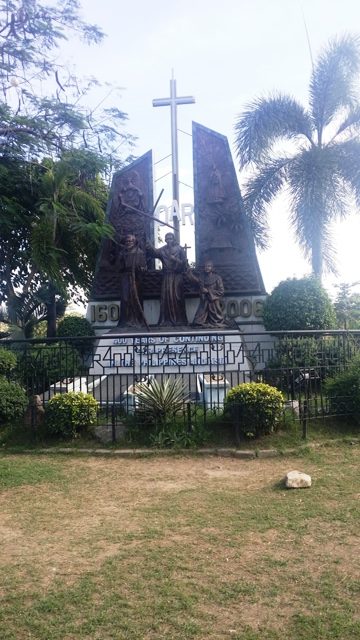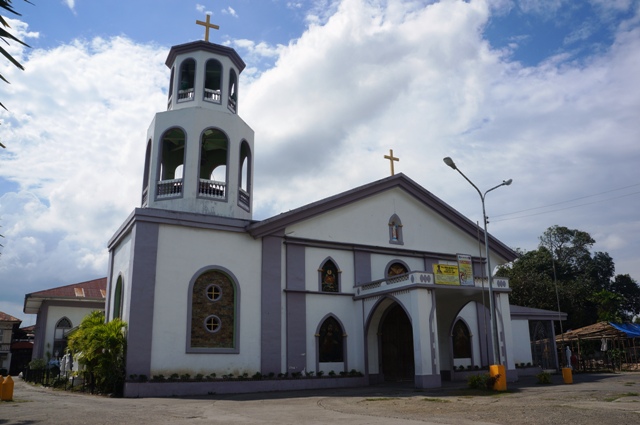The historic city of Georgetown is also a UNESCO World Heritage Site in Penang, Malaysia. The following places are the different popular and famous destination around Georgetown. I walked all over the streets and also found tourist doing the same.
What to see in Georgetown
Goddess of Mercy Temple

Located in Jalan Masjid Kapitan Keling and also called Kuan Yin Temple. The popular temple is dedicated to Kuan Yin, the Goddess of Mercy. The first foundation was laid in 1728 by Chinese settlers and completed in 1800. This is the oldest Chinese temple in Penang.
City Hall

Located in Lebuh Light. Built in 1903, this is the headquarters of Penang Island Municipal Council. The first World War monument for fallen soldiers is located here.
Town Hall

Located in Lebuh Light in between City Hall and Penang Art Gallery
Penang Art Gallery
Located in Lebuh Light and was officially launched in 1964. The gallery showcase outstanding works by international artists including from Japan and Thailand.
Esplanade

A seafront promenade bordering an open field where festivals and events are often held. Located along the stretch are a War Memorial to fallen soldiers, a hawker food court and the ancient Fort Cornwallis.
Fort Cornwallis

Built when Captain Francis Light first landed in Penang, this ancient sentinel of George’s Town guarded over the island’s cape.
Queen Victoria Memorial Clock Tower

The 60 feet clock tower, commissioned by the wealthy Cheah Chen Eok was built in 1897 to commemorate Queen Victoria’s Diamond Jubilee. Each foot represents a year in the Queen’s reign.
St. George’s Church

Located in Lebuh Farquhar. Built between 1817 and 1818, it is said to be the oldest Anglican church in Southeast Asia.
Penang State Museum

Located in Lebuh Farquhar. Almost destroyed in World War II bombing, this building houses a plethora of Penang historical artifacts.
Cathedral of the Assumption

Located in Lebuh Farquhar. The history of the church is as old as Penang itself. It was set up not long after the landing of Francis Light and the arrival of Eurasians from Kedah on the eve of the Feast of Assumption. In 1995, it was awarded the status of Cathedral.
State Assembly Buildings

Located in Lebuh Farquhar and Lebuh Light. These exquisite 19th century buildings were formerly the Police Court and are now the venue for State Assemblies.
Little India
This little quarter of South Indian culture is the place where early Indian immigrants first settled down in Penang. It is the island’s epicenter of Indian music, savory cuisine, exotic spices and authentic goods.
Mahamairamman Temple

Located in Lebuh Queen. Built in 1883, it is the oldest Hindu temple and was dedicated to Muthu Mariamman. A distinctive feature of the temple is its gopuram with 38 exquisitely carved Hindu deities.
Teochew Temple

Located in Lebuh Chulia. A prime example of Teochew architecture, the temple was built in 1855 and move to its present site in 1870. In 2006, the temple received the Award of the Merit of UNESCO Asia-Pacific for Culture Heritage Conservation. The temple is also known as the Han Jiang Teochew Ancestral Temple. It is the first Malaysian Chinese temple to use fiber optic and LED lighting for its decorative details.
Kapitan Keling Mosque

Located in Lebuh Chulia. Founded in 1801 by Kapitan Keling Kadir Mydin Merican, is the largest mosque in George Town. Designed in Moghul architecture, it features beautiful minarets and domes.
Seh Tek Tong Cheah Kongsi
This clan temple features classic Chinese architecture and the surprising addition of British lion heads on the temple. The lions symbolise the Straits Chinese loyalty to the British colonial powers. The Cheah Clan is one of the oldest Hokien clans in Penang,
Khoo Kongsi
Located in Lebuh Armenian. Completed in 1906, the temple belongs to the Khoo Kongsi clan. This temple features fine Chinese architecture and craftsmanship.
Masjid Malayu Lebuh Acheh
Located in Lebuh Acheh. The mosque was founded by Tengku Syed Hussiah bin Abdul Rahman Hussain in 1808 for the early Hadrami Arab settlers.
For other posts, please check: Georgetown, Penang, Malaysia Penang Hop-on Hop-off Bus Tour














































































